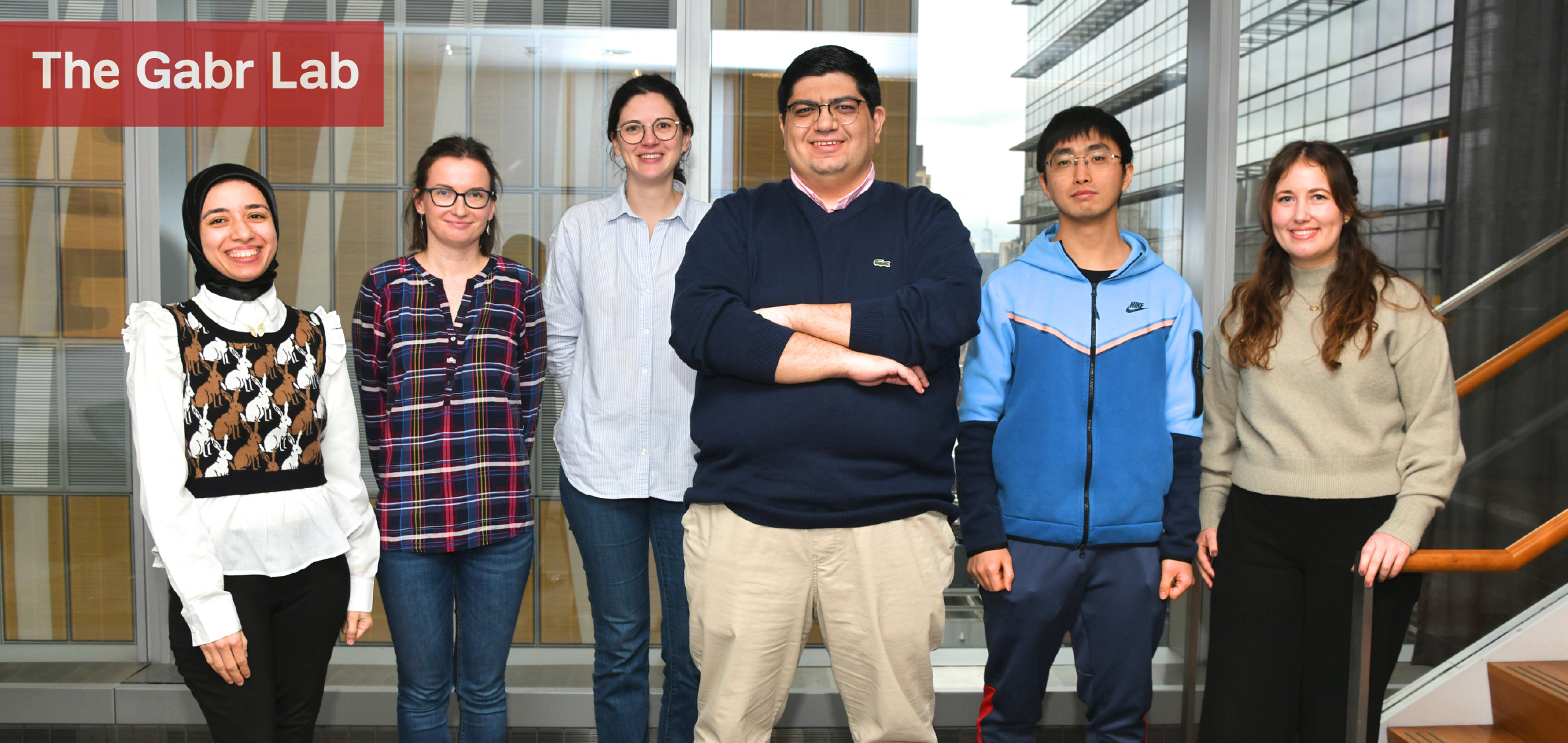
Congratulations to Moustafa Gabr, Ph.D., Assistant Professor of Chemistry in Radiology, on receiving not one, not two, not three, not even four, but five National Institutes of Health grants, totaling $14.8 million.
"Securing five grants in translational drug discovery highlights my commitment to advancing therapies that bridge laboratory findings to clinical applications," said Dr. Gabr in a recent interview with the Office of the Research Dean. "Each grant targets key challenges in drug development, promotes collaboration across disciplines, and supports the training of early-career scientists."
Here’s a rundown of all five of Dr. Gabr's grants:
Awarded by the National Cancer Institute, this $1.9 million R01 grant tackles glioblastoma (GBM), the most pervasive malignant primary brain tumor, by introducing first-in-class small molecule inhibitors of SLIT2/ROBO signaling, a novel immune evasion mechanism in the GBM tumor microenvironment. Developing innovative immunomodulatory strategies to overcome GBM immune suppression is critical, and by using a novel macrophage-based immunotherapy approach, this work focuses on validating a new GBM therapeutic strategy.
In addition to being the most pervasive malignant primary brain tumor, glioblastoma (GBM) is also the astrocytic lineage’s most aggressive diffuse glioma. Developing new immunomodulatory approaches to reverse immune suppression in glioblastoma is vital. By using small molecules to inhibit a key immunosuppressive pathway, this $2.54 million National Institute of Neurological Disorders and Stroke R01 grant aims to validate a new therapeutic GBM strategy.
This $3.16 million National Institute on Aging RF1 grant takes on Alzheimer’s disease (AD), the most common type of dementia, by addressing the link between amyloid pathology, tau pathology, and neuronal cell death. Currently, no small molecules inhibit human-brain CAPON*-induced tau aggregation and neurodegeneration, and this study — the first of its kind — aims to identify small molecules that target tau pathology and neurotoxicity-modulating CAPON-centered interactions. Ultimately, the Gabr Lab’s research can, and hopefully will, lead to therapeutic AD agents.
*CAPON: The carboxy-terminal PDZ ligand of neuronal nitric oxide synthase (nNOS)
As Alzheimer’s disease (AD) progresses, microglial-mediated neuroinflammation appears as a pathological hallmark. By targeting this neuroinflammation, this $3.85 million National Institute of Aging R01 grant allows the Gabr Lab to investigate whether small molecules — specifically, molecules that target the microglial receptor TREM2* — can alleviate neuroinflammation and reduce amyloid plaque deposition in animal models. If successful, this research could pave the way for a new AD immunotherapy strategy that modulates TREM2 function with small molecules.
*TREM2: Triggering receptor expressed on myeloid cells 2.
Notably, the Gabr Lab pioneered the discovery of first-in-class small molecules targeting immune checkpoints. Building on that research, they’ve now developed SMAPs*, an innovative platform that identifies small molecule inhibitors of immune cell receptors. Using SMAPs, Dr. Gabr hopes to pave the way for investigational new drug-enabling studies, which, in turn, might lead to relief for patients struggling with inflammatory bowel disease. This $3.31 million National Institute of Diabetes and Digestive and Kidney Diseases R01 grant facilitates the Gabr Lab’s research.
“I envision the outcomes of my research driving advancements in translational drug discovery, ultimately leading to more effective therapies for cancer and neurological disorders," said Dr. Moustafa Gabr. "This work could also influence future directions by identifying new targets and methodologies that shape ongoing drug discovery research efforts.”
*SMAPS: Small molecules from antibody pharmacophores.

